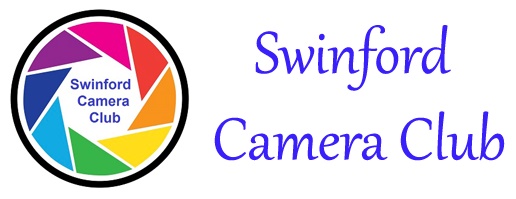Super Moon 14th November 2016
The full moon will be a super moon on the 14th of November next. The super moon is a fairly common occurrence but on this occasion is a little more unusual! On the 14th of November next the moon will be at its closest to Earth since 1948, making this super moon look all the more spectacular! The moon will be approximately 30,000 miles closer to Earth on that night, making the moon appear 14% bigger and about 30% brighter than a normal full moon. The moon will not come this close to Earth again until the 25th of November 2034.
But on November 14th, the moon’s orbit is also going to bring it even closer to Earth than previous perigee occurrences. To be precise, the distance between Earth and the moon will be a mere 221,524 miles (356,509 km). On average, the moon is about 239,000 miles (384,000 km) away from the Earth. The moon will become full at 1.52pm GMT on November 14. As always when viewing the night sky, its best to get away from light pollution from street lights and buildings. Hopefully the sky will be clear on the night!
Super moons during Northern Hemisphere winter months tend to look larger than Super moons that occur during the rest of the year. At this time of the year, Earth is closer to the Sun. Because of this, the Sun’s gravity pulls the Moon closer to Earth, making any winter Super Full Moons look bigger than summer Super Full Moons.

Harvest full moon just before the lunar eclipse on 28th September 2015. Pic: f/11, 1/125 sec, ISO-100, @300mm.
Tips for photographing the Super Moon
- Digital camera is best, dslr or compact. Mobile phones are a bit limited
- Close up shots you’ll need a 200/300mm lens
- Tripod and either remote or cable release (or use the 5/10 sec timer)
- ISO 100 or 200
- Slightly under expose -0.3 or -0.7
- Try f/5.6 up to f/11
- If you shoot Raw + Jpeg you can adjust white balance in post processing, or leave WB in auto
Those are just camera settings starting points. Take plenty of shots and experiment with different settings. The moon is naturally very bright, and will be more so on the night! You will need a fast shutter speed and keep your ISO low to avoid over exposure. A mistake that I have made (and didn’t know about for a long time while trying to shoot the moon), was when using a tripod, to switch off the IS (image stabilisation on the lens). With IS switched on while mounted on a tripod, it actually introduces camera shake to your image.
For more information visit the Nasa website and time & date.



Recent Comments